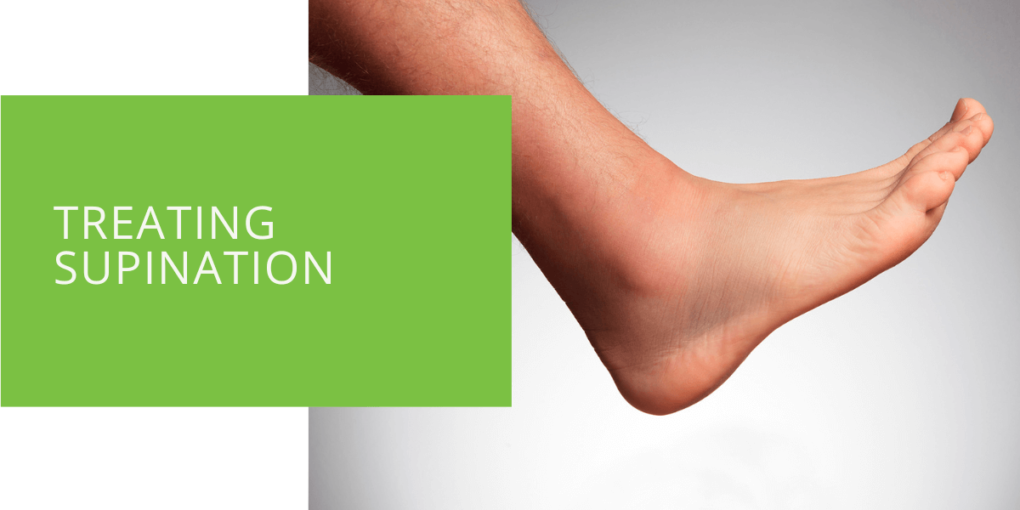5 Tips for Treating Supination
Supination, also known as underpronation, is a common foot condition in which the feet roll outward upon impact with the ground while walking or running. This can lead to a variety of problems, including pain in the feet, ankles, and lower legs, as well as an increased risk of injury.
There are several potential causes of supination, including genetics, muscle imbalances, and poor-fitting shoes. However, there are also a number of simple steps that people with supination can take to manage their condition and improve their foot health.
In this article, we'll cover five simple tips for treating supination. With a little effort and some simple lifestyle changes, you can alleviate the pain and discomfort associated with supination and enjoy better foot function.
Tip #1: Wear the Right Shoes
Proper footwear is crucial for people with supination. Shoes that are too loose or too narrow can put unnecessary strain on the feet and ankles, worsening supination and leading to discomfort and injury.
To reduce the strain on your feet, it's important to choose shoes that fit well and offer ample support. Some good options to consider include:
- Shoes with a wider toe box: Shoes with a wider toe box allow the toes to spread out and take a more natural position, reducing the risk of supination-related pain.
- Motion control shoes: Shoes with motion control features are designed to help control excess pronation (the opposite of supination) and reduce the risk of injury. These shoes may be a good choice for people with severe supination or those who engage in high-impact activities like running.
- Arch support: Shoes with good arch support can help to align the foot and reduce the strain on the ankles and lower legs. If you're not sure what kind of arch support you need, consider getting your feet professionally measured or seeking guidance from a podiatrist.
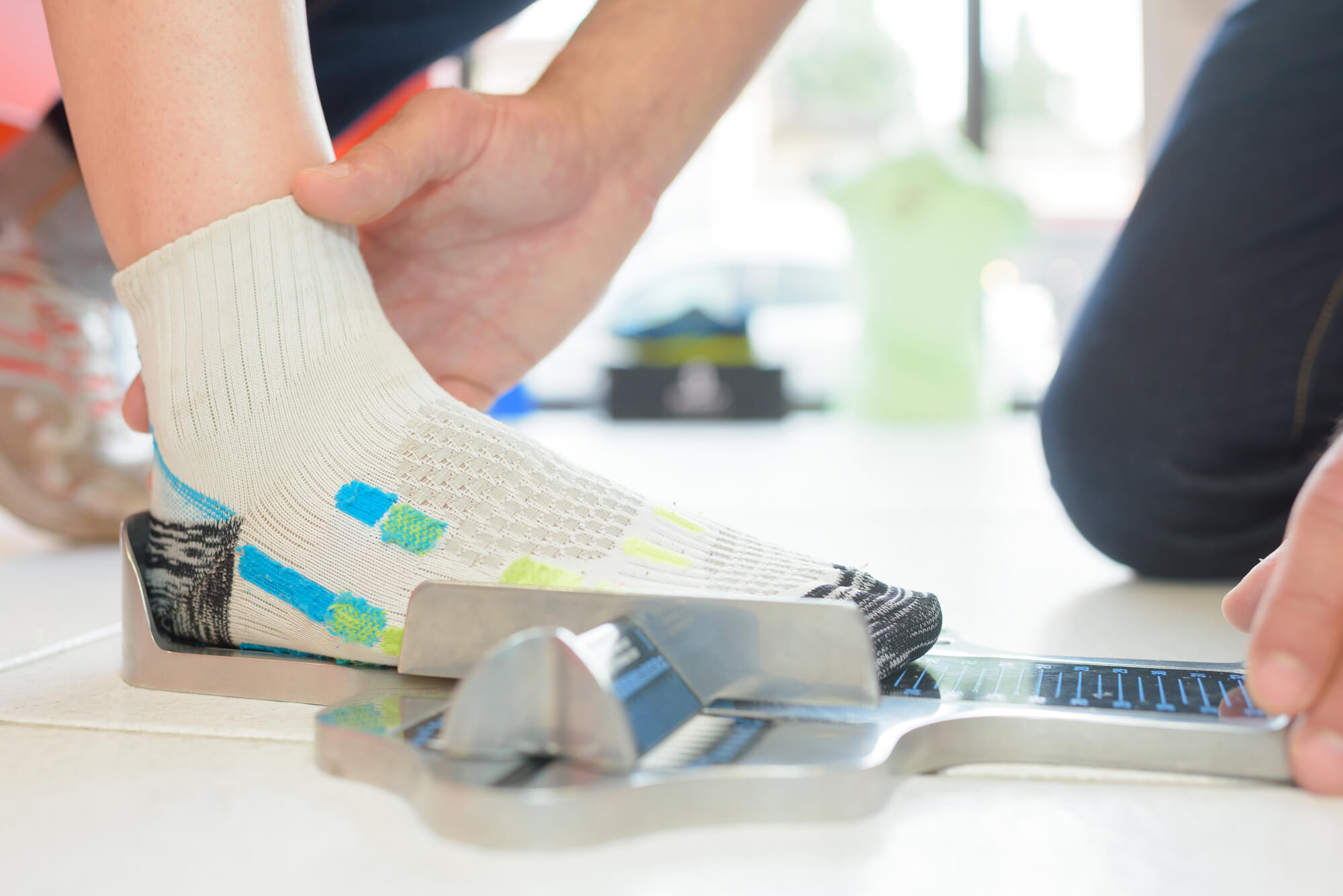
Tip #2: Use Orthotic Inserts
Orthotic inserts are designed to provide additional support and alignment for the feet. They can be custom-made to fit your feet exactly, or you can try over-the-counter inserts that are available at most shoe stores.
Orthotic inserts can be especially helpful for people with supination because they help to correct the alignment of the foot, reducing the strain on the ankles and lower legs. They can also provide cushioning and support to help alleviate pain and discomfort.
When choosing orthotic inserts, it's important to consider your individual needs and preferences. For example, if you have flat feet, you may benefit from inserts with extra arch support. On the other hand, if you have high arches, you may need inserts with more cushioning to help absorb shock.
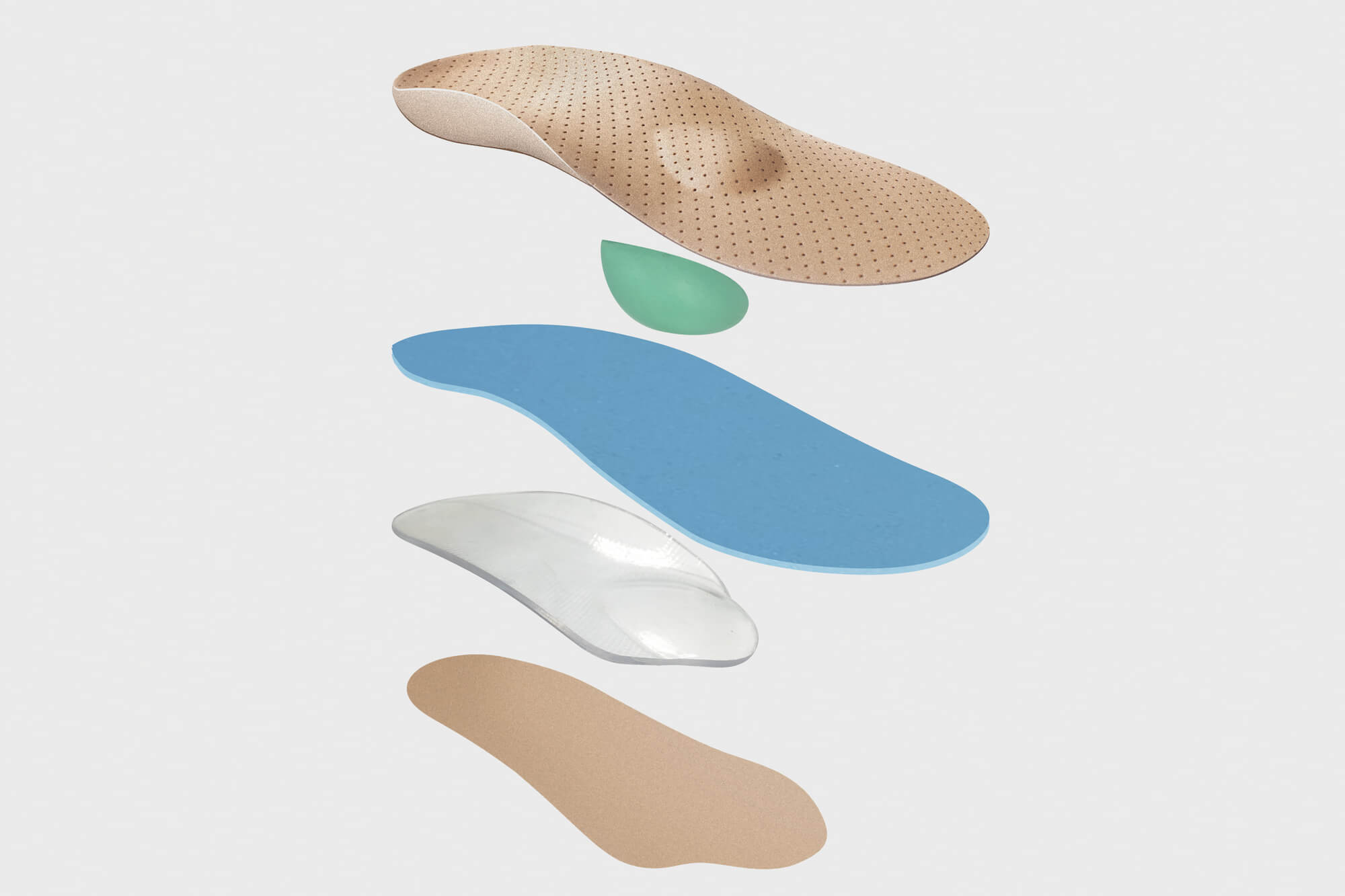
Tip #3: Perform Foot Strengthening Exercises
Strong, stable feet are less prone to supination and other foot problems. By performing a few simple foot strengthening exercises on a regular basis, you can help to improve the stability and strength of your feet, reducing the risk of supination and other foot issues.
Here are a few foot strengthening exercises to try:
- Toe curls: Sit in a chair with your feet flat on the floor. Lift your toes up towards your shin as far as you can, then release. Repeat this movement for 10-15 reps.
- Heel raises: Stand with your feet hip-width apart, then lift your heels off the ground as high as you can. Lower your heels back down to the ground and repeat for 10-15 reps.
- Ankle circles: Sit in a chair with your feet flat on the ground. Lift one foot off the ground and make small circles with your ankle, first in one direction and then in the other. Repeat for 10-15 reps on each foot.
- Toe spreads: Sit in a chair with your feet flat on the ground. Spread your toes as far apart as you can, then release and repeat for 10-15 reps.
- Balance exercises: Stand on one foot and hold the position for 30 seconds. If you're feeling stable, try closing your eyes or lifting your arms to make the exercise more challenging. Repeat on the other foot.
It's important to perform these exercises regularly, but be sure to start slowly and gradually increase the difficulty as your strength improves. If you're experiencing pain or discomfort while performing these exercises, stop immediately and seek guidance from a healthcare professional.
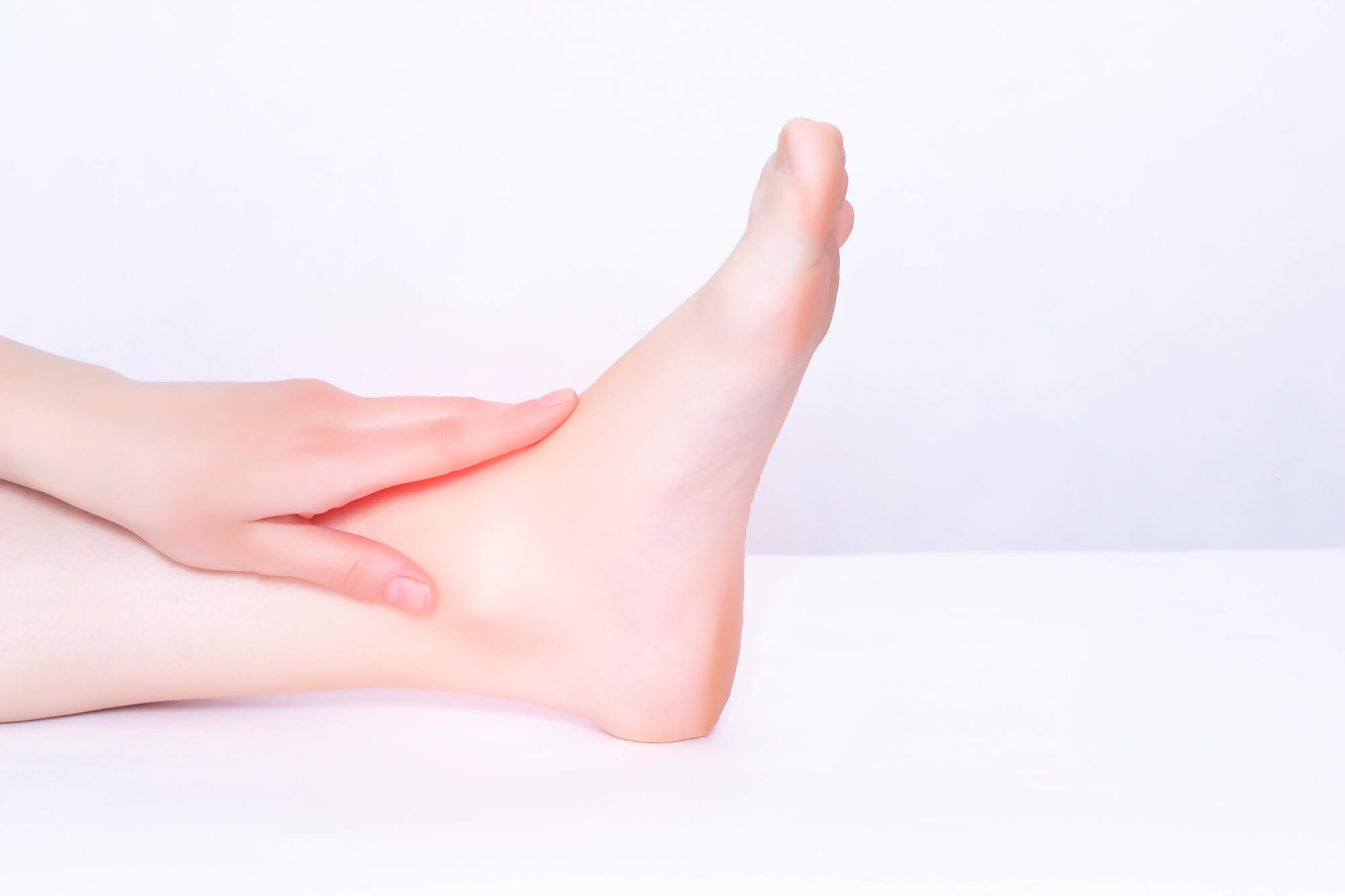
Tip #4: Use Heat and Cold Therapy
Heat and cold therapy can be effective in helping to alleviate the pain and discomfort associated with supination.
Heat therapy, such as using a heating pad or taking a warm bath, can help to increase blood flow to the affected area, reducing muscle stiffness and soreness. This can be especially helpful after physical activity or when you're experiencing chronic pain.
On the other hand, cold therapy, such as using a cold pack or taking an ice bath, can help to reduce inflammation and numb pain. This can be particularly useful in the immediate aftermath of an injury or if you're experiencing acute pain.
When using heat or cold therapy, it's important to follow these guidelines:
- Don't apply heat or cold directly to the skin: Instead, wrap the heat source in a towel or use a cold pack covered in a thin cloth to protect your skin.
- Don't use heat or cold for more than 20 minutes at a time: Overuse of heat or cold can cause skin irritation or damage.
- Don't use heat if you have poor circulation or are unable to feel temperature changes: In these cases, heat therapy can increase the risk of burns or other injuries.
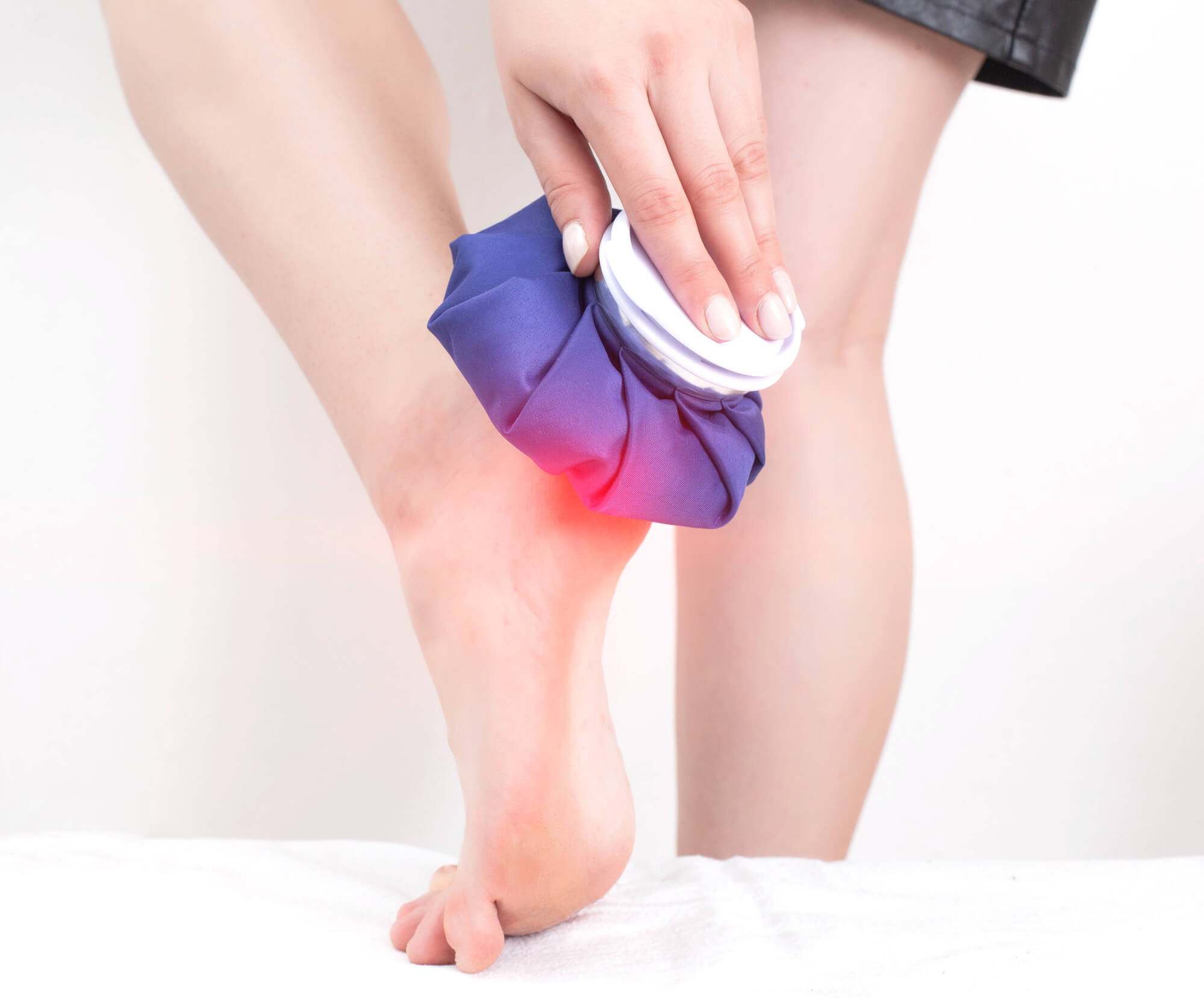
Tip #5: Seek Professional Help
For more severe cases of supination or for those who have not found relief from self-care methods, seeking professional help can be beneficial.
Podiatrists and physical therapists are trained professionals who can help you manage your supination and improve your foot health. They can provide a variety of treatment options, including custom orthotic inserts, physical therapy, and other interventions as needed.
When seeking professional help, it's important to find a reputable healthcare provider who has experience working with people with supination. You can ask for recommendations from your primary care doctor or do your own research to find a provider who meets your needs.
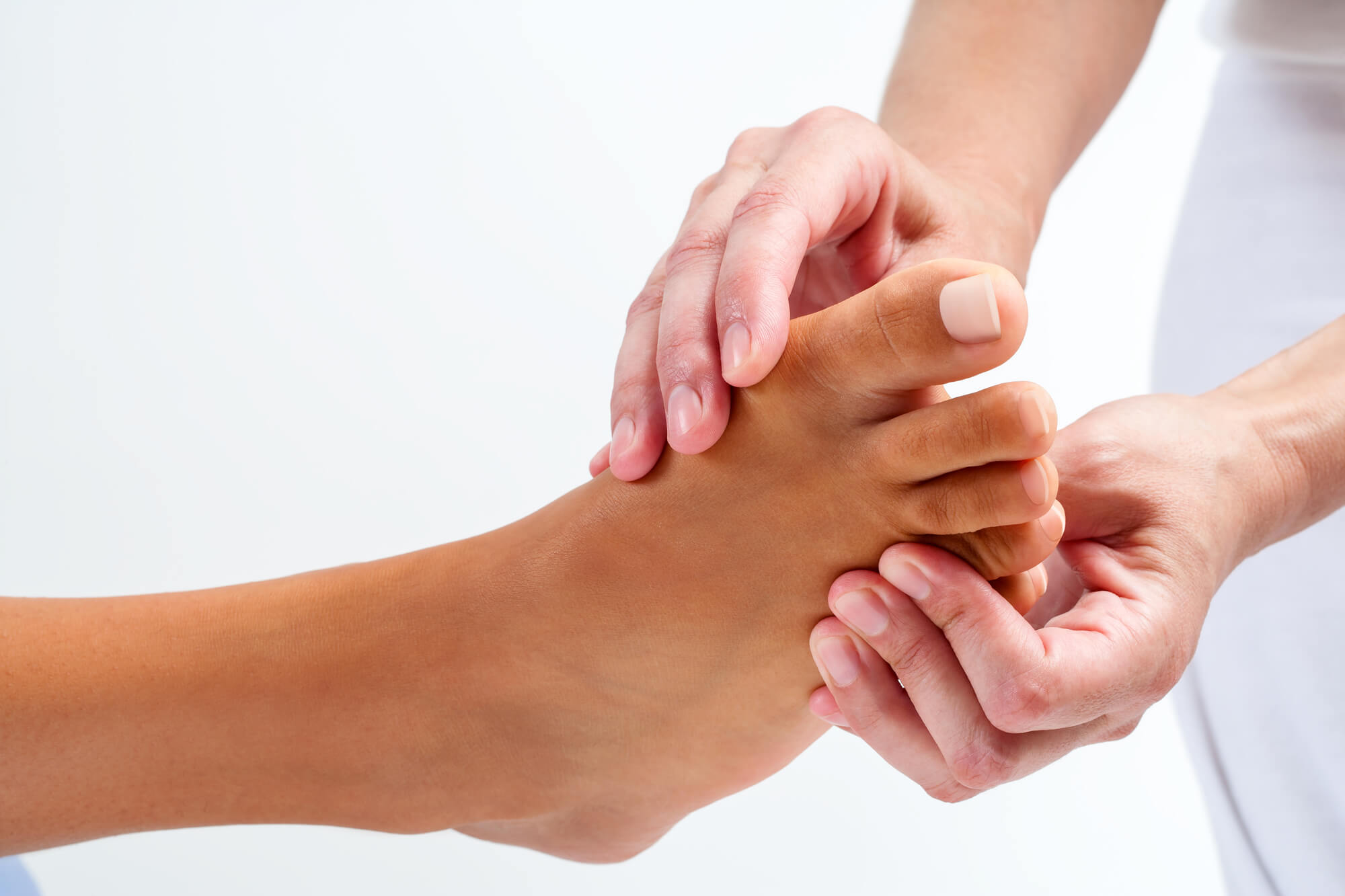
Conclusion
In summary, supination is a common foot condition that can cause pain and discomfort. However, with a little effort and some simple lifestyle changes, you can alleviate the pain and improve your foot health.
By following the five simple tips outlined in this article, you can take control of your supination and enjoy better foot function. Remember to wear the right shoes, use orthotic inserts, perform foot strengthening exercises, use heat and cold therapy as needed, and seek professional help if necessary.
Take care of your feet, and they'll take care of you!
FAQ
What is supination?
Supination, also known as underpronation, is a foot condition in which the feet roll outward upon impact with the ground while walking or running. This can cause pain and discomfort in the feet, ankles, and lower legs, as well as an increased risk of injury.
How do I correct supination?
There are several steps you can take to correct supination:
- Wear the right shoes: Shoes with a wider toe box and good arch support can help to align the foot and reduce the strain on the ankles and lower legs.
- Use orthotic inserts: Orthotic inserts, such as custom-made inserts or over-the-counter inserts, can provide additional support and alignment for the feet.
- Perform foot strengthening exercises: Regularly performing foot strengthening exercises, such as toe curls and heel raises, can improve the stability and strength of the feet, reducing the risk of supination.
- Use heat and cold therapy: Heat and cold therapy can be effective in reducing pain and discomfort associated with supination.
- Seek professional help: If you're experiencing severe supination or have not found relief from self-care methods, seeking professional help from a podiatrist or physical therapist may be beneficial.
What are the signs of excessive supination?
Some signs of excessive supination include:
- Pain and discomfort in the feet, ankles, and lower legs
- An increased risk of injury, such as sprains or strains
- Wearing down of the soles of your shoes unevenly
- A "sickled" foot shape, with a high arch and outward-facing toes
How can I strengthen my calves to prevent supination?
Strengthening your calves can help to improve the stability and strength of your feet, reducing the risk of supination. Some calf strengthening exercises to try include calf raises, standing on an uneven surface (such as a balance board or foam pad), and leg presses. It's important to start slowly and gradually increase the difficulty as your strength improves.
Can insoles help with supination?
Insoles, also known as orthotic inserts, can be helpful for people with supination because they provide additional support and alignment for the feet. They can help to correct the alignment of the foot, reducing the strain on the ankles and lower legs, and can provide cushioning and support to help alleviate pain and discomfort. When choosing insoles, it's important to consider your individual needs and preferences, and to seek guidance from a healthcare professional if necessary.
Can wearing high heels contribute to supination?
Wearing high heels can contribute to supination because they alter the natural alignment of the feet and put additional strain on the ankles and lower legs. If you do wear high heels, it's important to choose shoes with a wider toe box and good arch support, and to take frequent breaks to stretch and rest your feet.
Can supination cause plantar fasciitis?
Yes, supination can contribute to the development of plantar fasciitis, a common foot condition characterized by pain and inflammation in the plantar fascia (the connective tissue that runs along the bottom of the foot). By correcting supination and improving the alignment of the foot, you may be able to reduce your risk of developing plantar fasciitis.
Can supination affect the achilles tendon?
Yes, supination can put additional strain on the achilles tendon, the large tendon that connects the calf muscle to the heel bone. This can lead to achilles tendonitis, a condition characterized by pain and inflammation in the achilles tendon. To help prevent achilles tendonitis, it's important to correct supination and strengthen the calves through regular exercise. Wearing shoes with good arch support and using orthotic inserts can also help to reduce the strain on the achilles tendon. If you're experiencing pain or discomfort in your achilles tendon, it's important to seek guidance from a healthcare professional.

